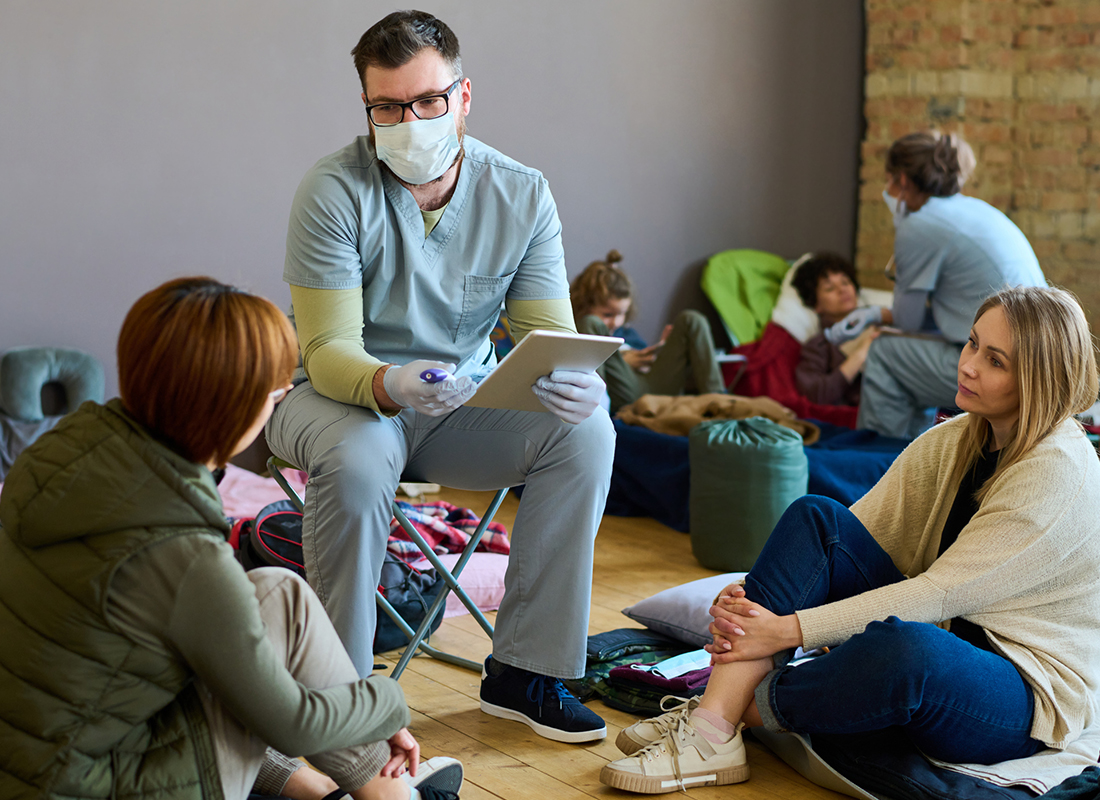Bringing the Lab to the Patients
Actions clinical laboratories can take to better reach underserved communities, raise the lab’s profile, and increase health equity for all

Subscribe to Clinical Diagnostics Insider to view
Start a Free Trial for immediate access to this article